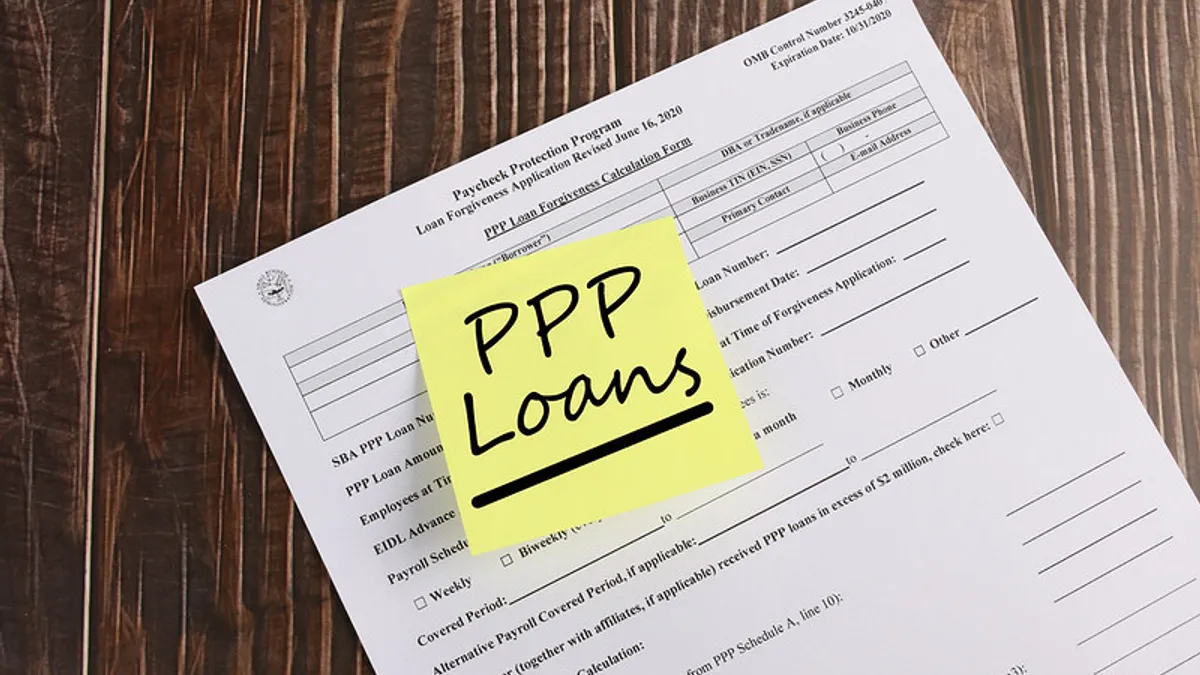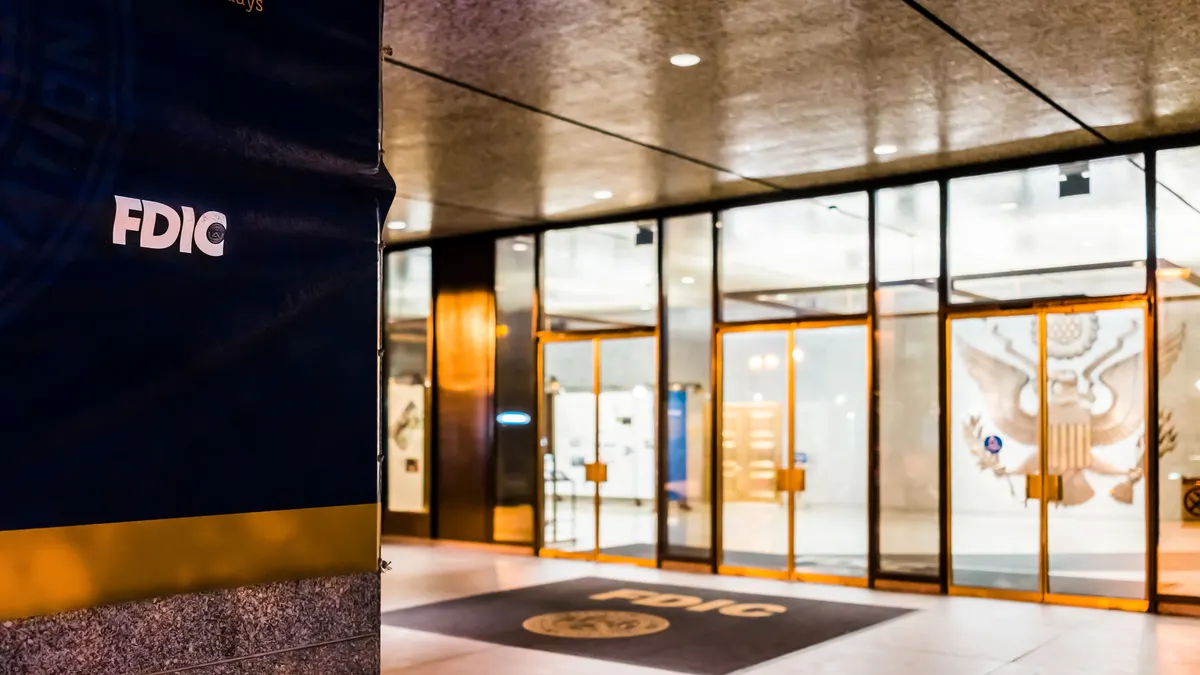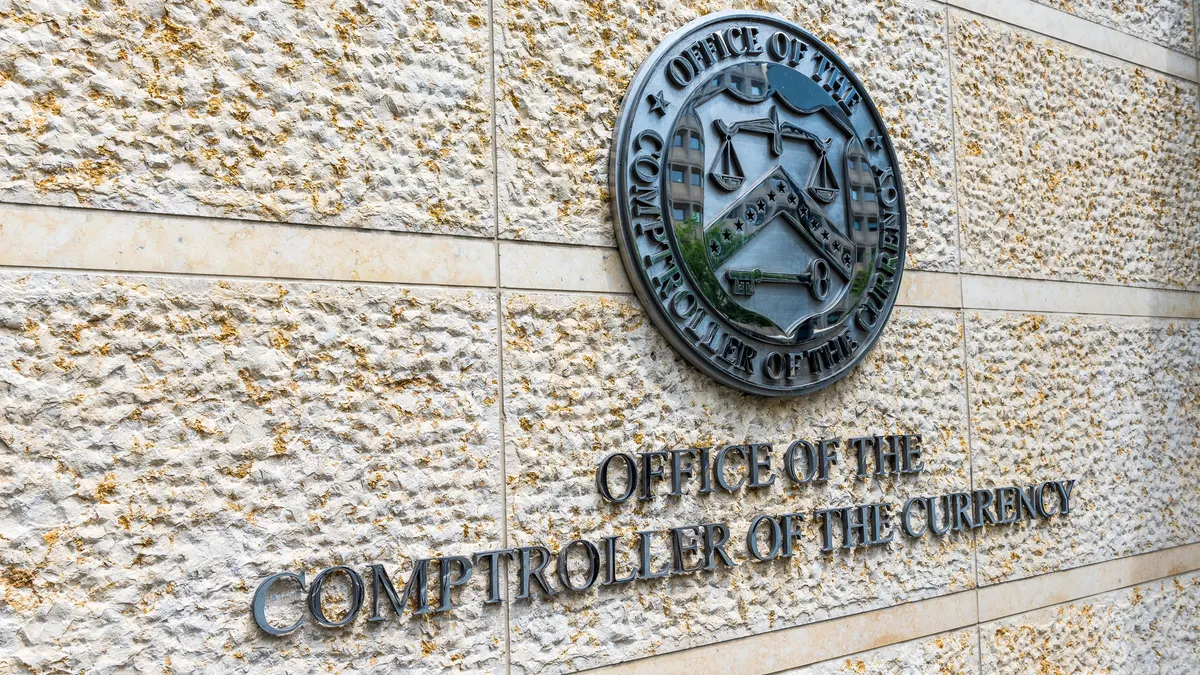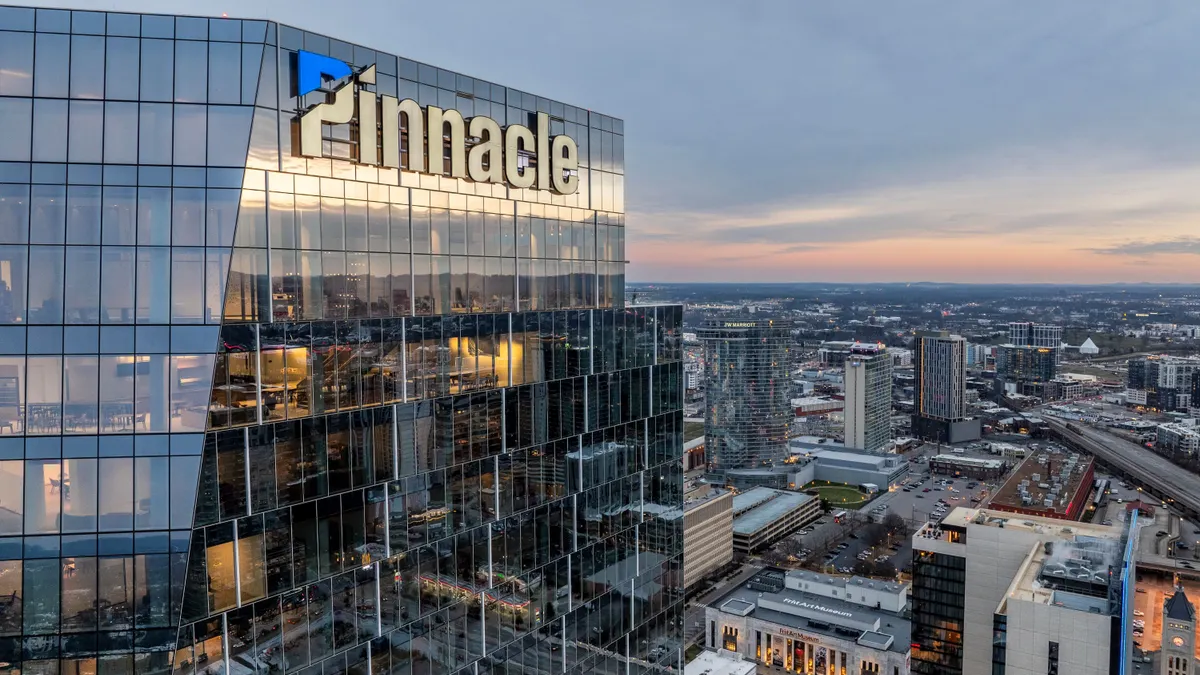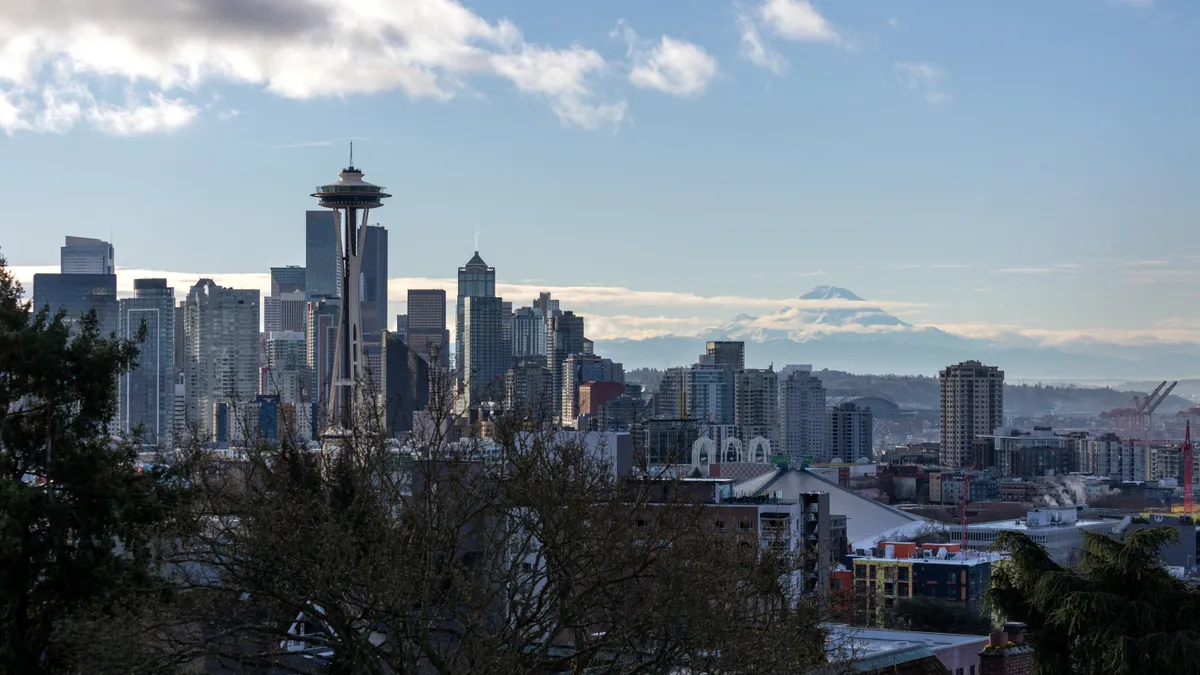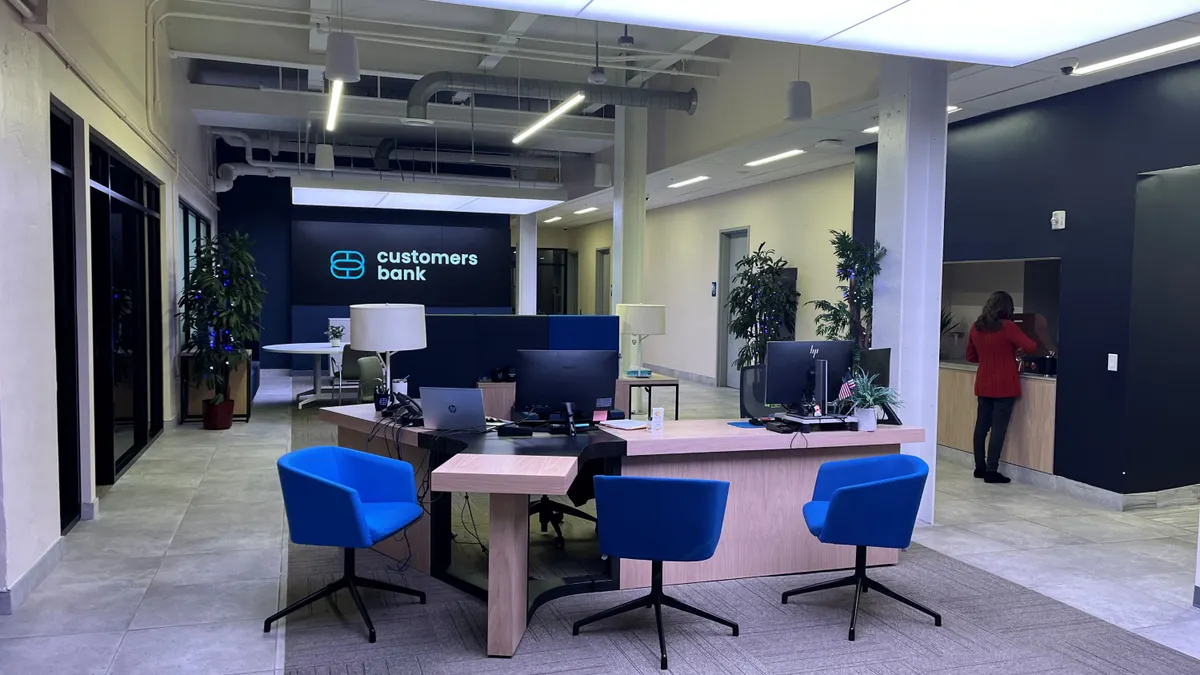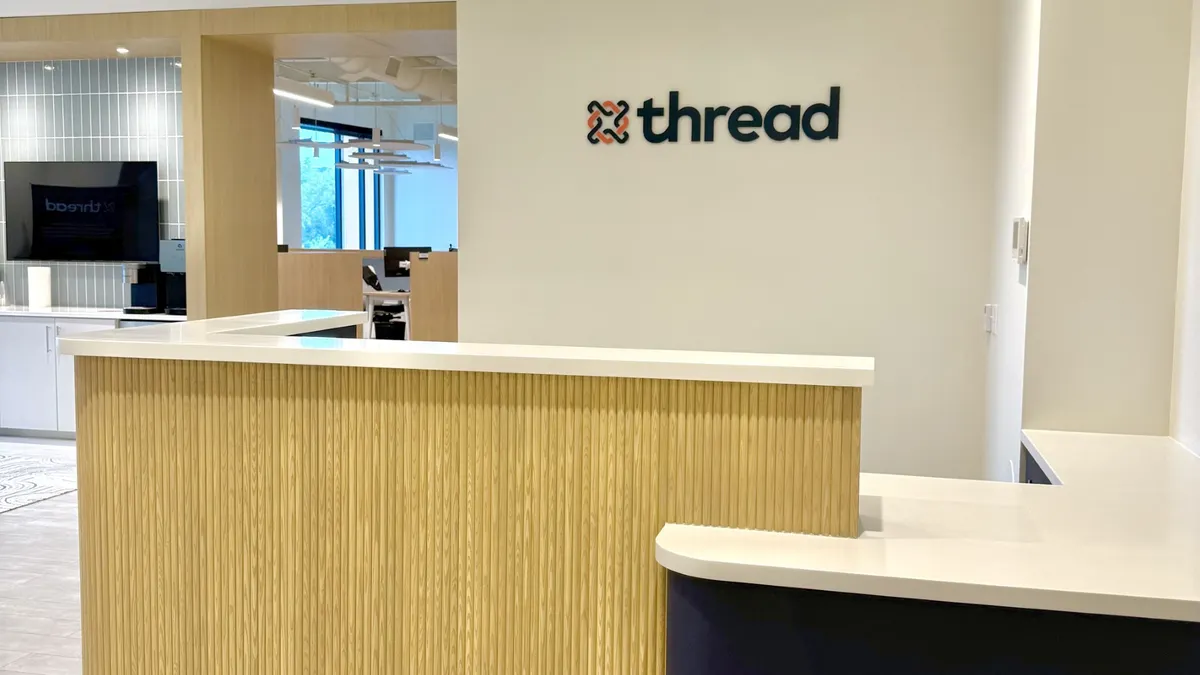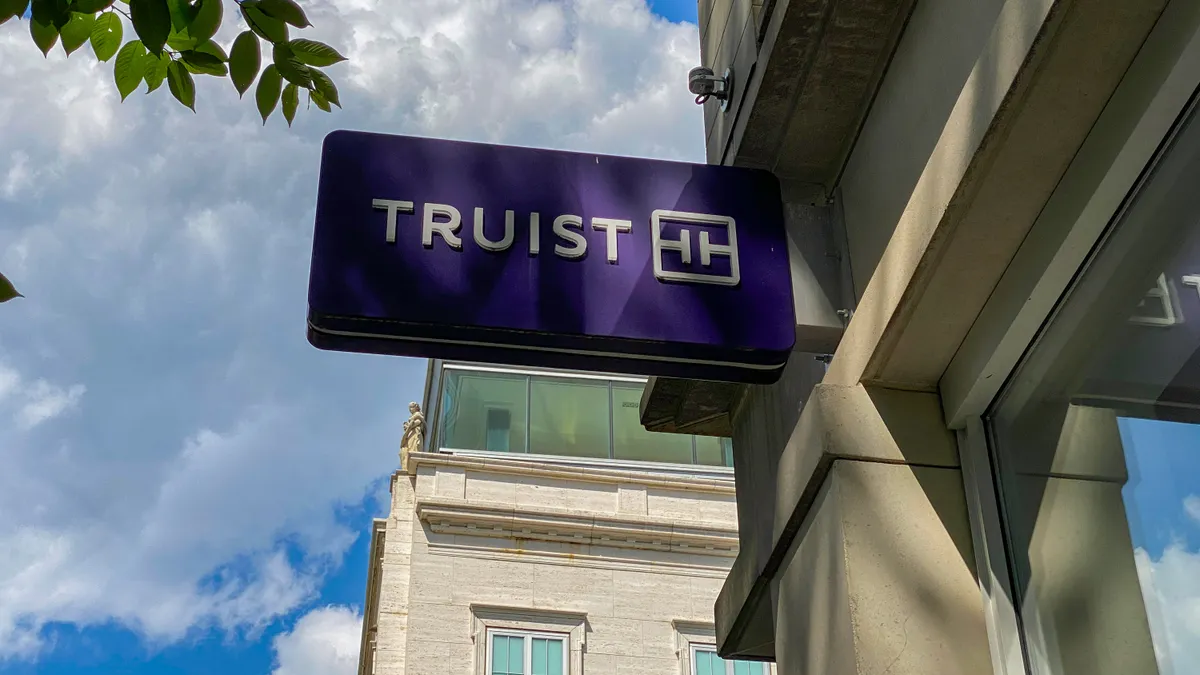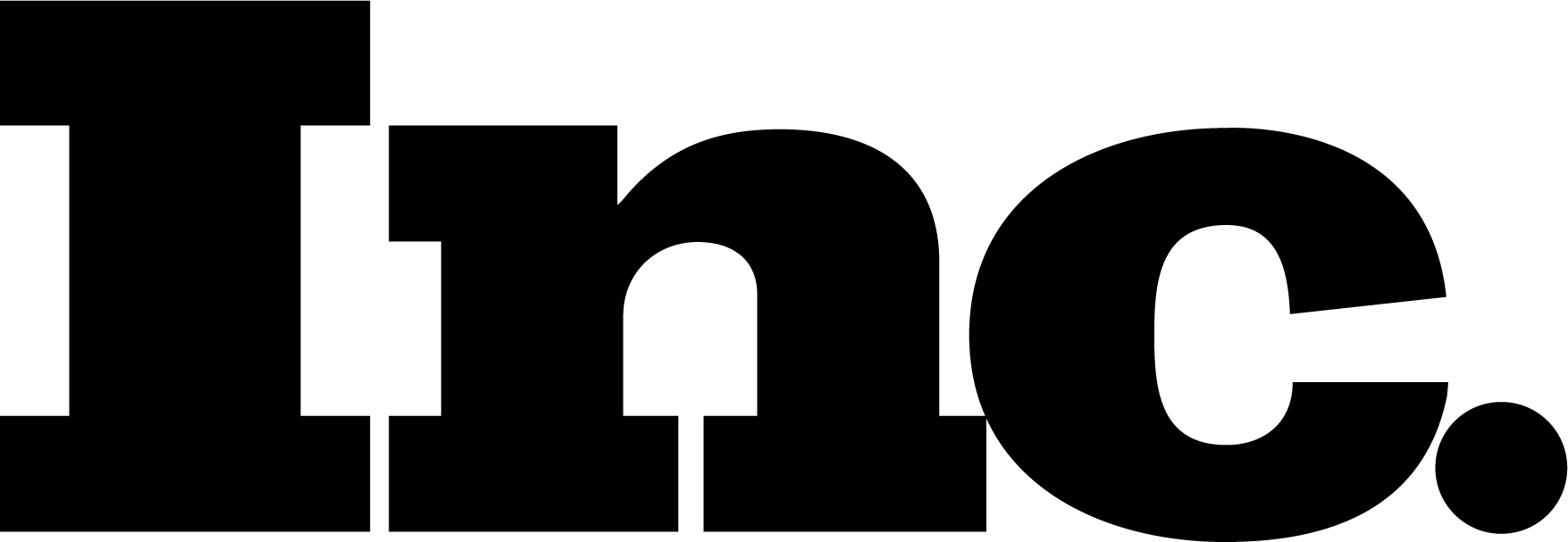If you ask most bankers to reflect on the early days of the Paycheck Protection Program (PPP), they’ll most likely describe a hectic period of changing guidelines and frustrating technical glitches.
As the pandemic in early 2020 ushered in nationwide uncertainty around its impact on the economy, bankers scrambled to ready themselves for an influx of applications for PPP, a government relief program designed to save jobs amid widespread lockdowns.
“It was truly an emergency response … We were literally working around the clock, evenings and weekends to completely stand up a new platform to be able to deliver [these loans] and really built it on the fly,” said Beneficial State Bank CEO Randell Leach, reflecting on the initial rollout of the program in April 2020.
The Oakland, California-based community development financial institution (CDFI), like many other lenders involved in the program, had to pull staff from their regular roles to help process the loans, which are forgivable if used by businesses to retain workers or for other permissible expenses.
PPP was established as part of the $2 trillion Coronavirus Aid, Relief and Economic Security (CARES) Act and, with the Small Business Administration (SBA) acting as the facilitator, used banks as the conduits to funnel nearly $800 billion in assistance to businesses during the pandemic.
Two years later, lenders, small businesses and banking industry experts continue to reflect on the lessons learned amid the government’s small business rescue program, and what lies ahead for the program’s participants.
PPP demonstrated what’s possible
The SBA approved 11.8 million forgivable loans as part of PPP, according to data from the agency. For a government-backed program, essentially assembled in eight days amid a global crisis, those figures are remarkable, said Michael Brauneis, managing director and leader of the North American financial services group at consulting firm Protiviti.
PPP came with its flaws, as many lenders and small-business owners expressed frustration navigating changing guidelines and an online portal prone to crashing. But the program’s creation over such a short period of time is a testament to the banking industry’s capabilities, Brauneis said.
“The PPP happened literally in eight days, from the time that the law was passed to when applications opened up, so I do think it was an interesting test case in terms of what's physically possible,” Brauneis said. “[The program] will probably be used as an example by lenders internally to say, ‘We can be somewhat more aggressive or operate more in an agile framework than we might have been able to in the past.’”
PPP accelerated the digital transformation of commercial banking, said Chris Hurn, CEO and founder of Fountainhead Commercial Capital, which funded more than $4.72 billion in PPP loans.
“People generally don't go into branches very often anymore. If you've been in the branch, it's kind of like a mausoleum, there’s not a lot going on there,” Hurn said. “So I think PPP certainly accelerated that.”
Ahead of the second iteration of PPP in January 2021, Numerated CEO Dan O’Malley referred to the program’s relaunch as “the coming-out party for commercial digital loan applications.”
“In many ways, this is like so many things in COVID, just pushing banks into the future,” said O’Malley, whose Boston-based fintech was used by more than 120 financial institutions to distribute $50 billion in PPP relief funds.
Numerated said many of those financial institutions continue to use its platform to digitize and automate traditional SBA loans and other products.
Leach said Beneficial's experience creating an application, document repository and processing platform for PPP has pushed the bank to find other uses for the technology.
“[PPP] gave us a chance to really align all of our resources around how to do something different than what we've done before,” he said. “It was not ideal circumstances to do it in the middle of a pandemic, to say the least, but our team completely stepped up as leaders and partners with each other to launch a new technology arm to be able to handle PPP, because there wasn't a product like this out there in the market, let alone from our bank.”
Beneficial made more than 1,300 PPP loans totaling nearly $200 million. The CDFI said the vast majority of the businesses that received loans from the bank have fewer than 10 employees, and 78% of loans were for less than $150,000.
Additionally, 35% of the PPP recipients were nonprofits, 21% were women-owned businesses and 14% were owned by people of color.
Leach said the bank now has a streamlined intake process that it’s refining for products that have credit underwriting.
“We're looking to help increase those services so that we can provide it to the small-business and micro-business community,” he said.
PPP and fintechs
The launch of PPP marked a significant milestone in the fintech sector. After a delayed start — the SBA didn’t grant program participation to nonbanks until several weeks after the PPP’s launch — fintechs were eventually given the chance to flex their agility and speed over the course of the program.
While that opening helped make some startup firms household names, recent reports of fraud linked to PPP loans made through fintechs have led to lawmaker scrutiny of the space.
Researchers at the University of Texas, Austin, found fintech lenders were almost five times more likely to be linked to suspicious PPP loans than traditional banks.
The study, released in August, scoured more than 10 million PPP loans for potential red flags such as unregistered businesses, multiple businesses at one residential address, abnormally high implied compensation per employee, and large inconsistencies in jobs reported with another government program.
The researchers found nine of the 10 lenders with the highest rates of suspicious PPP loans were fintechs. “While FinTech lenders likely expand PPP access, this may come at the cost of facilitating fraudulent credit,” the university’s researchers wrote.
Meanwhile, Federal Reserve Bank of New York research puts fintechs in a more favorable light, highlighting the number of Black-owned businesses that turned to the nontraditional firms for their PPP loans.
One in four Black business owners that sought a PPP loan used a fintech rather than a traditional bank — more than twice the rate of White-, Asian-, and Hispanic-owned firms, Fed researchers said.
Many Black and nonwhite business owners lacked existing relationships with traditional banks, causing many to turn to fintechs for the government-backed forgivable loans, the report said.
The close examination of PPP loans through fintechs comes as the sector is also facing scrutiny from the Justice Department over its handling of the loans.
The DOJ’s civil division is examining whether Kabbage and other fintechs miscalculated how much PPP aid borrowers were entitled to, citing confusion over how to account for payroll taxes.
“It's indisputable that the fintechs had a greater percentage of loans that were done, that shouldn't have been done, whether it was because of ineligibility reasons, fraud or what have you,” Hurn said. “And some of that goes to the technology they had and that lack of experience of actually underwriting commercial loans. That's just the reality of it. It'll be a bit of an uphill battle for them to overcome that in the near term.”
In terms of consumer perception, however, Brauneis said the fraud-related news regarding fintechs and PPP will likely fade from most people's memory.
“I don't see this doing long-term damage to the fintech industry as a whole," Brauneis said. "I do think though, overall, it's an industry that is definitely experiencing both the benefits and the challenges of growing up."
Brauneis said he’s seeing more fintechs stand up internal controls and internal audit functions. There’s also a greater expectation that products are tested more thoroughly before they roll out — something Brauneis said is second nature to the banking industry.
“I wouldn't necessarily say that the challenges that we saw with PPP [are] the primary driver behind that, but with the increasing power and size that companies in [the fintech] industry are growing to, the bar has been raised in terms of expectations for execution,” he said. “Quality and control inherently is a part of that.”
Some fintechs have expressed an interest in using the momentum and experience gained through PPP to harness permanent relationships with the SBA’s flagship 7(a) program.
SBA Administrator Isabella Casillas Guzman has also signaled the agency is willing to consider potential future partnership opportunities with the sector.
“Adoption of fintech across the banking sector ... is really critical,” Guzman said during her confirmation hearing last year. “I think expanding distribution for capital will improve access, and so I look forward to partnering with the lending institutions broadly to ensure that we can keep them engaged in SBA programs. This has been a record-high number of different lenders engaged in SBA than ever before, and I think we need to take advantage of that.”
Nearly 5,500 lenders participated in the PPP, according to agency data.
Leach said he thinks more lenders might join the agency’s flagship 7(a) loan program because of PPP.
“I would imagine that there are definitely going to be some more institutions that are going to make better utilization of the SBA products that got more familiar with it,” he said. Beneficial was an existing SBA lender before the pandemic.
What’s next for the SBA
Despite early hiccups in its online portal and what lenders have referred to as poor communication amid the program, the SBA has largely been praised for its handling of PPP.
“The SBA had an impossible job and they did it pretty well,” Brauneis said.
Over the course of three funding rounds, the SBA approved 11.8 million PPP loans worth just under $800 billion, according to agency data.
In terms of how many jobs the program saved, it depends on who you ask.
Treasury Department economists have estimated the PPP saved close to 19 million jobs, while outside economists studying the program say the number is between 2 million and 5 million, according to the Los Angeles Times.
Hurn said he thinks PPP has instilled a greater appreciation among Americans for the only U.S. government agency dedicated to small businesses.
“It's been around for over 50 years, but oftentimes it was kind of the redheaded stepchild. People treated SBA as kind of a lender of last resort, and I just don't think that's necessarily the case anymore,” he said. “I think there's a huge opportunity for SBA to take the goodwill that they've gained over the last couple years and really try to help more small businesses and really shine.”
Not everyone is pleased, however, with the SBA’s handling of PPP — particularly some Republicans who have accused the government agency of attempting to overstep its authority.
During a House Small Business Committee hearing in September, conservative lawmakers blasted an agency letter that warned banks that opt out of the SBA’s Direct Forgiveness portal could face audits.
The SBA launched its own PPP forgiveness portal last year in an effort to streamline the forgiveness application portion for PPP loans of less than $150,000.
Some lenders, however, opted to use their own portals, with some saying the additional SBA option might complicate the process or confuse borrowers.
Robert Fisher, CEO of Tioga State Bank and chairman of the Independent Community Bankers of America (ICBA), told the committee his bank chose not to participate in the SBA’s portal over concerns the platform might lead to technical or communication problems with the SBA.
Rep. Blaine Luetkemeyer, R-MO, the House panel’s ranking member, called the SBA letter “a threat” while Rep. Jim Hagedorn, R-MN, asserted the letter spotlighted “bureaucracy looking out for itself.”
“I think this move by the SBA to try to get some control back of the PPP program, when it was actually run very well through the banks, might be an effort to retain their turf,” he said.
The agency has also been chastised for the amount of fraud linked to the program.
Justice Department Inspector General Michael Horowitz told NBC in March the nation’s COVID relief programs, including PPP, were structured in ways that invited fraudsters.
“The Small Business Administration, in sending that money out, basically said to people, ‘Apply and sign and tell us that you're really entitled to the money,’” said Horowitz, who chairs the Pandemic Response Accountability Committee. “What didn't happen was even minimal checks to make sure that the money was getting to the right people at the right time.”
Meanwhile, reports of PPP borrowers spending their relief funds on luxury cars and exotic vacations has made the SBA a prime target for lawmakers who think the agency needs sweeping reform.
Luetkemeyer last week introduced his “IMPROVE the SBA Act,” a bill aimed at ushering in more accountability and oversight of the agency, which he said is “fraught with fraud, delays, and mismanagement.”
“The SBA needs to be revamped to best support our entrepreneurs through pro-growth policies and the removal of burdensome red tape,” he said.
PPP’s design flaw
While there’s no doubt that PPP loans aided small businesses struggling amid the pandemic, a major design flaw of the program highlighted glaring inequalities in the country, Leach said.
“[The program] tried to use the conventional banking system as a delivery mechanism for this subsidy,” Leach said. “The problem is that the conventional banking sector had already left communities behind. So, how could those banks be best equipped to suddenly serve those that they had left behind?”
Using the country’s banking system to distribute relief was an effective way to reach a broad swath of the economy, but gaps, where they existed, increased further, Leach said.
“We saw not just low-income communities, but the [Black, Indigenous and people of color] community being left behind initially,” Leach said.
A geographic analysis by the New York Fed regarding the distribution of PPP loans found that multiple counties with high numbers of Black businesses received some of the lowest rates of PPP allocation.
As banks became inundated with applications in the early days of the program, many prioritized existing clients, further creating a disadvantage for unbanked Black business owners.
“The need was tremendous. It was bigger than we could fill with the program. The program couldn't save everybody, and that's disheartening,” Leach said. “We're not out of the woods. The pandemic is, hopefully, in its waning stages, but the economic effects, the social impact, that's enduring, and it’s not a quick fix. It does not get forgiven like a PPP loan is forgiven. That is still there, and we still need to be attentive to that.”



